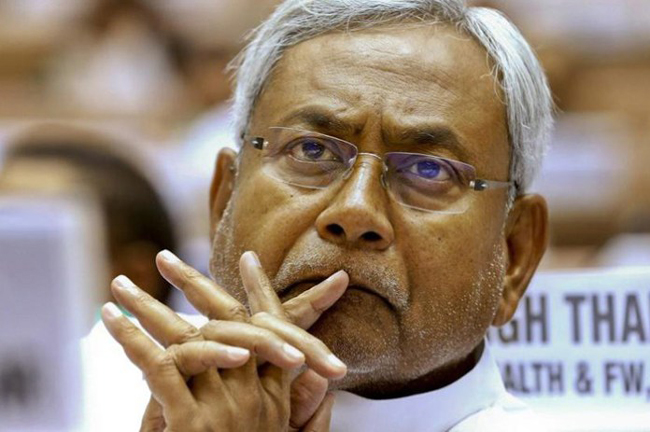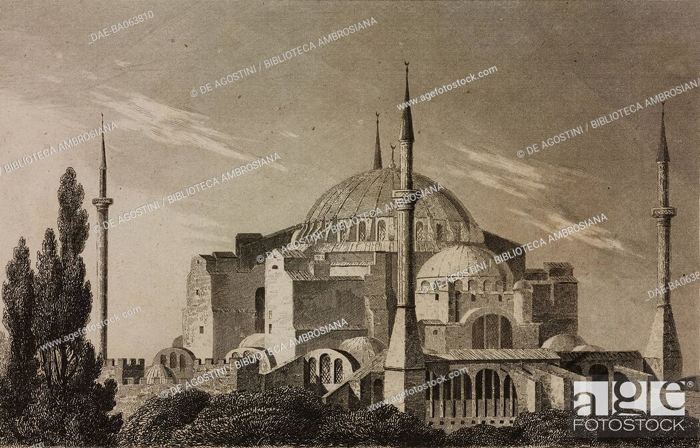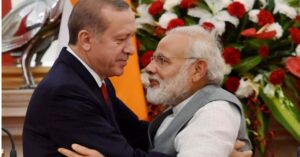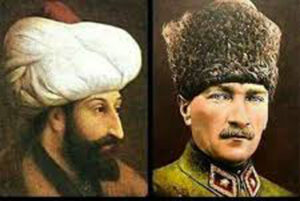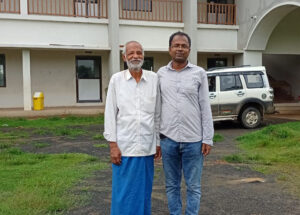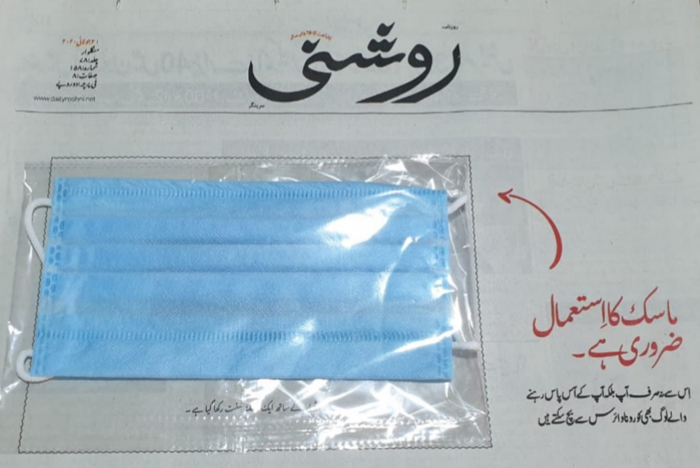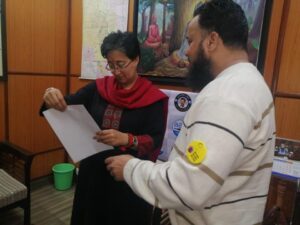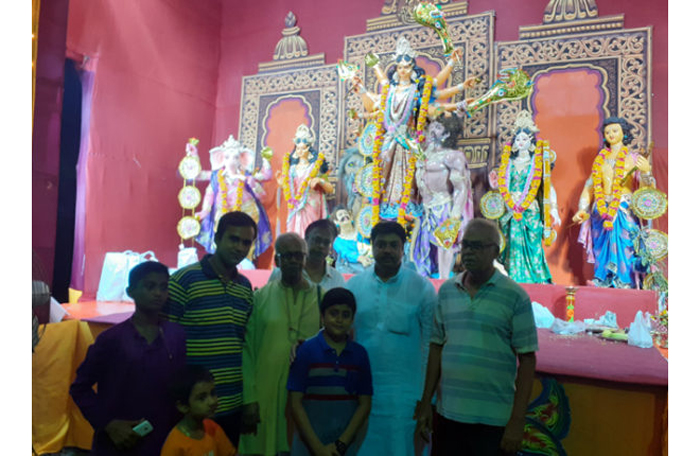At a time when India needs doctors on the frontline, the bail of Gorakhpur’s Dr Kafeel Khan has been continuously denied by the Uttar Pradesh Government for over six months now.
This comes even after Dr Kafeel had written a letter to the Prime Minister of India, Narendra Modi, in March 2020, offering his services to help India combat the pandemic. However, all that the doctor got in return was an extension on his detention under the draconian National Security Act (NSA) and constant deferring of hearing dates for his bail.
Dr Kafeel was arrested on January 30, 2020, for his anti-CAA speech delivered at Aligarh Muslim University. However, Dr Kafeel had been granted bail by the court in Aligarh.
UP CM Vs Dr Kafeel Khan
“Aligarh Court had granted him bail on this case, but for some reason, the UP government made sure to not let him out even after the bail. For four days his jail stay was extended and what followed we all know. The UP government slapped the draconian law – National Security Act (NSA) which is meant for hardcore criminals on him,” said Dr Shabista Kafeel, over the phone.
Dr Shabista, a dentist by profession, maintained, “Dr Kafeel is behind the bars not for his anti-CAA comments but because the chief minister of UP is settling old scores. It’s quite evident that our CM (Yogi Adityanath) is going to any extent to stifle voices that criticise the government.”
She took a deep breath and said, “Had it been any other doctor, his work would have been appreciated. But my husband who went on to save the lives of so many children at the BRD Hospital had been incarcerated. Even after him being exonerated from the case, my husband’s suspension is yet to be revoked. On the contrary, he has been booked under the NSA by the UP government for the speech he delivered at AMU. And you believe his term is being extended based on him causing unrest after his release?”
Voice of dissent is being crushed
Dr Shabista, during her conversation with this correspondent, stated, “The court needs to look into my husband’s case, through this perspective – a man being hounded for speaking up against corruption that exists. We need to understand that Dr Kafeel has been locked up because he has been constantly speaking about what needs to be done to better the fractured healthcare system of the country and his home state.”
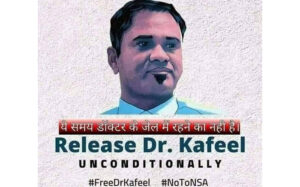
After a pause, she added, “His bail is being denied, our appeals are being deferred with the sole intention of mentally exhausting Dr Kafeel to such an extent that he stops speaking against injustice.”
She questioned, “If what he spoke at AMU was against India and posed threat to India then what about Delhi’s Kapil Mishra and others, who openly incited people against a particular community? Videos are circulating in social media, but he is still roaming about freely and so are his accomplices. Why isn’t NSA being imposed on him? Why are those like Dr Kafeel being tormented? Is it because they are dissenters?”
She does have a point. Dr Kafeel, during one of his visits to Kolkata, in 2019, had expressed concern over how he and his family were being hounded at his hometown, Gorakhpur. He had said, “No one in Gorakhpur wants to work with us. I am suspended, my wife has had to take a break to take care of our child, who is continuously being deprived of her father because of these fake allegations being made against me. No one even wants to buy our property in my hometown. I can’t leave UP. I will have to stay there and fight for my right.”
No evidence, yet behind bars
According to Dr Sabishta, there is no evidence to prove that her doctor husband is a national threat and yet his tenure in jail is being extended. “We know that the state government is seeking an extension until August. Hence, the deferring of hearing has become the norm in our case. We were supposed to have the bail hearing on July 7 and now it’s going to take place on July 27. We are still unsure about the hearing taking place. This is simply being done to extend his detention.”
Though clearly traumatised by the continuous emotional assault on her she shrugged it off and continued, “Remember, all this is being done when the Apex court has asked him to be released. His name was on the list, and yet he is stuck in Mathura jail, where we believe his life is at a risk. He is being hounded for becoming a strong voice against the UP CM.”
How much will we suffer?
It’s not just Dr Kafeel who is having to suffer, but also his entire family is being tormented. “It was our daughter’s first birthday when my husband was first arrested. Till then we have been weaving stories about her father’s absence. We keep telling her that he is out of Gorakhpur, camping for those in need of better healthcare facility. But how long will we be able to hide the fact from her that her father is being punished for having a voice?” asked Dr Shabista.
She then continued, “Every day she sees recorded videos of her father before going to sleep. We have been crying hoarse about Dr Kafeel’s innocence, but no one cares, even the media has been silenced.”
Covid-19 and Dr Kafeel
Dr Kafeel has always been in the forefront whenever there has been a healthcare crisis, be it at Gorakhpur’s BRD hospital or the Bihar encephalitis outbreak or the Assam flood, the jailed doctor has always volunteered his services.
Recounting the same, Dr Binjan K Bera, general secretary of Medical Service Centre, Kolkata Chapter, in a letter to the President of India, Ram Nath Kovind wrote, “Dr Kafeel Khan, a most humanist doctor, paediatrician, was booked under NSA over some alleged ant-CAA speech at the Aligarh Muslim University. He was booked while he was waiting to be released from jail as already bail was granted to him on February 10, 2020.” He further wrote, “We appeal to you to save life and deliver justice to Dr Kafeel Khan, a good humanist doctor.” The letter also stressed upon Dr Kafeel’s letter to the PM, expressing his desire to join healthcare providers to combat Covid-19 from the front line.
On the other hand, his wife, Dr Shabista expressed the anxiety of her family concerning the health risk posed to the doctor, who is living with around 1600 inmates in jail and is having to use a single common toilet, at a time when the pandemic is peaking in India.





